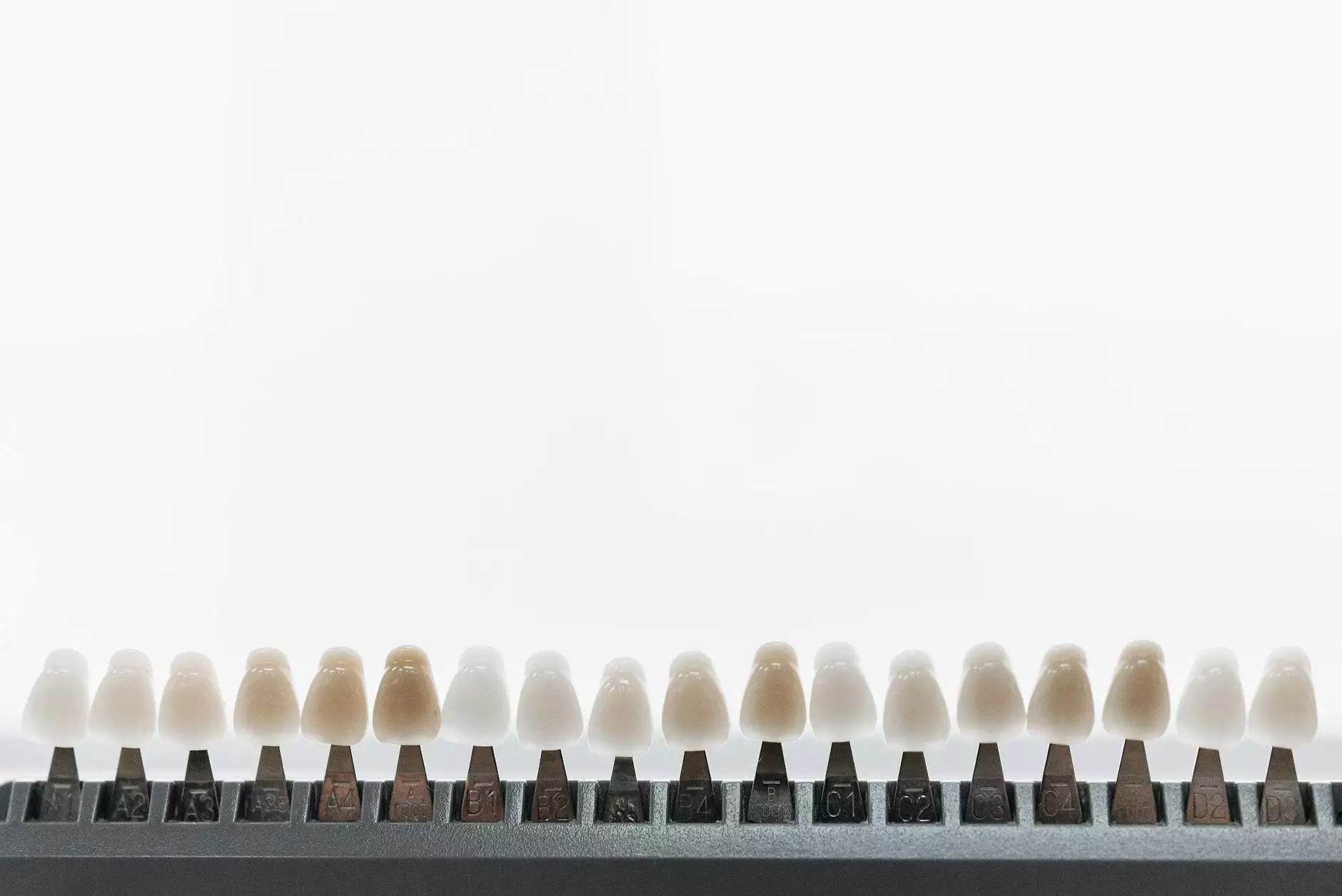The Ultimate Guide: Difference Between Balayage and Foilyage

When it comes to hair coloring techniques, two popular choices emerge: balayage and foilyage. While both methods aim to enhance your natural hair color, creating beautiful and radiant highlights, they differ significantly in application, results, and maintenance. Here, we delve deep into the difference between balayage and foilyage, providing you with insights to make an informed decision before your next salon visit at K&G Hair Salon.
What is Balayage?
Balayage, a French term meaning “to sweep,” is a hair painting technique that creates soft, natural-looking highlights. The stylist applies color in a sweeping motion, targeting sections of hair rather than using traditional foils or caps. This method results in a sun-kissed, effortlessly blended finish that seems to emerge organically from the hair.
Key Features of Balayage
- Natural Gradation: The color is typically darker at the roots and gradually lightens toward the ends for a natural transition.
- Less Maintenance: Balayage requires fewer touch-ups since the roots grow out less noticeably, making it a low-maintenance option.
- Versatile Application: It can be applied on various hair types and lengths, and works beautifully with all base colors.
Before choosing balayage, consider that the results depend heavily on your stylist’s technique and color selection. Well-executed balayage can breathe new life into your hair, offering a stunning transformation.
What is Foilyage?
Foilyage is a modern twist on balayage and combines the techniques of both balayage and traditional foil highlighting. Rather than painting the hair freely like in balayage, foilyage employs foils to wrap the hair after it has been painted. This process intensifies the lightening effect, producing bright, dramatic highlights.
Key Features of Foilyage
- Enhanced Brightness: The foils trap heat, boosting the lifting process, resulting in brighter and more vivid highlights.
- Defined Sections: The use of foils allows for clear separation of sections, perfect for stylists who want more control over the coloring process.
- Long-Lasting Color: The highlights tend to last longer compared to traditional balayage due to the way color is applied and sealed with foil.
Foilyage can be an excellent choice for those looking to achieve a more striking change, especially if your base color is dark and you desire a dramatic lift without having to periodically reapply color.
Comparison: Balayage vs. Foilyage
Now that we've outlined the individual techniques, let's examine the difference between balayage and foilyage in detail:
FeatureBalayageFoilyageTechniqueFreehand applicationApplication with foilsBrightnessSoft, natural highlightsBright, vivid highlightsMaintenanceLow maintenanceModerate maintenanceTime RequiredTypically less timeMore time due to foilingBest forNatural looksBright, defined highlightsChoosing the Right Technique for You
Deciding between balayage and foilyage ultimately comes down to personal preference and desired outcome. Consider the following factors as you make your choice:
Your Hair Goals
If you’re aiming for a soft, subtle enhancement that mimics the way your hair would naturally lighten in the sun, then balayage may be the better option. On the other hand, if you’re looking for more dramatic, pronounced color that stands out from your base color, then foilyage could be more suitable.









